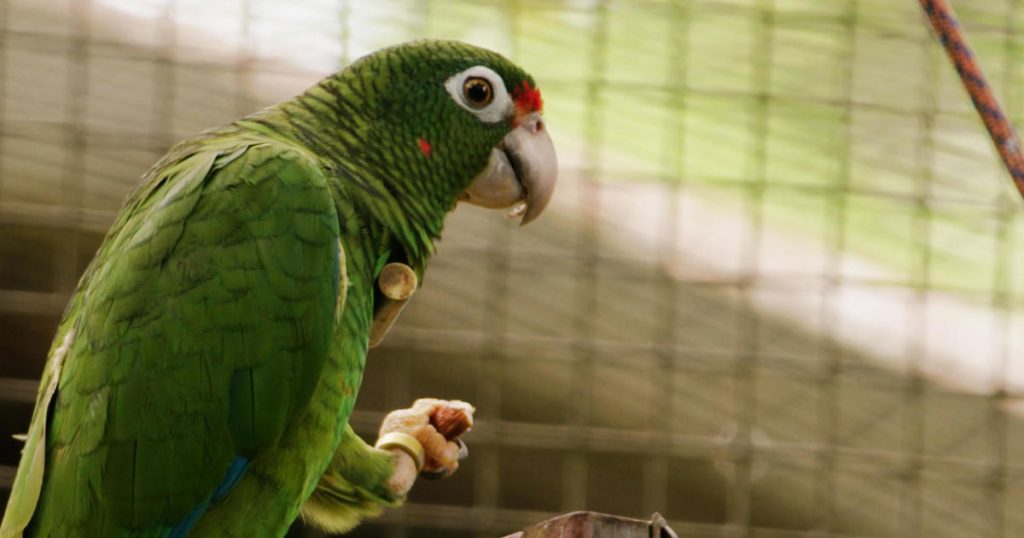The Puerto Rican parrot, one of the most critically endangered birds in the world, faced a devastating blow after Hurricane Maria hit El Yunque National Forest in 2017. Before the storm, there were 56 wild, endangered parrots living in the area, but only one survived the aftermath of the hurricane. Tom White, a biologist with the U.S. Fish and Wildlife Service, expressed his emotional distress over the loss of the parrots he had been working to re-establish for 30 years. Despite efforts to rebuild the population, the parrot remains endangered, as hurricanes and climate change pose significant threats to its habitat and survival.
After being listed as an endangered species by the U.S. Fish and Wildlife Service about 60 years ago, continuous efforts have been made to restore a healthy population of Puerto Rican parrots in the wild. White emphasized the responsibility of humans to fix the issues they have caused, including the endangerment of species like the Puerto Rican parrot. The impact of hurricanes, exacerbated by climate change, has been particularly detrimental to the survival of the parrot and its habitat. The devastation caused by Hurricane Maria highlighted the vulnerability of the parrot population and the urgent need for conservation efforts.
The intensified hurricane activity due to climate change poses a serious threat to birds like the Puerto Rican parrot. The destructive forces of storms like Hurricane Maria result in loss of habitat, food sources, and ultimately, in the death of many birds. Birds across the globe, not just exotic species, are facing a crisis as populations decline, threatening extinction. Common bird species are also at risk due to habitat loss, rising global temperatures, and more intense hurricanes. Protecting habitats for endangered birds like the Puerto Rican parrot can have positive ripple effects on other species as well.
In response to the devastation caused by Hurricane Maria, the U.S. Fish and Wildlife Service has implemented new strategies to re-establish a wild population of Puerto Rican parrots. By combining wild and captive birds in a single community at the aviary, scientists aim to ensure the birds stay close to the complex and have a better chance of survival in future disasters. These behavioral techniques have proven successful in saving parrot populations in Puerto Rico and Brazil. By releasing birds into the wild and maintaining larger flock sizes, conservation efforts have led to a promising increase in the number of parrots living in the wild.
In January, the El Yunque aviary released 22 birds from captivity, contributing to the gradual recovery of the parrot population in Puerto Rico. The success of these efforts is a testament to the dedication and perseverance of conservationists like Tom White and Marisel López Flores. By safeguarding habitats and adopting innovative conservation methods, researchers are giving the Puerto Rican parrot a better chance at survival and paving the way for the recovery of other endangered bird species. Despite the challenges posed by climate change and hurricanes, these conservation efforts offer hope for the future of the Puerto Rican parrot and its ecosystem.


